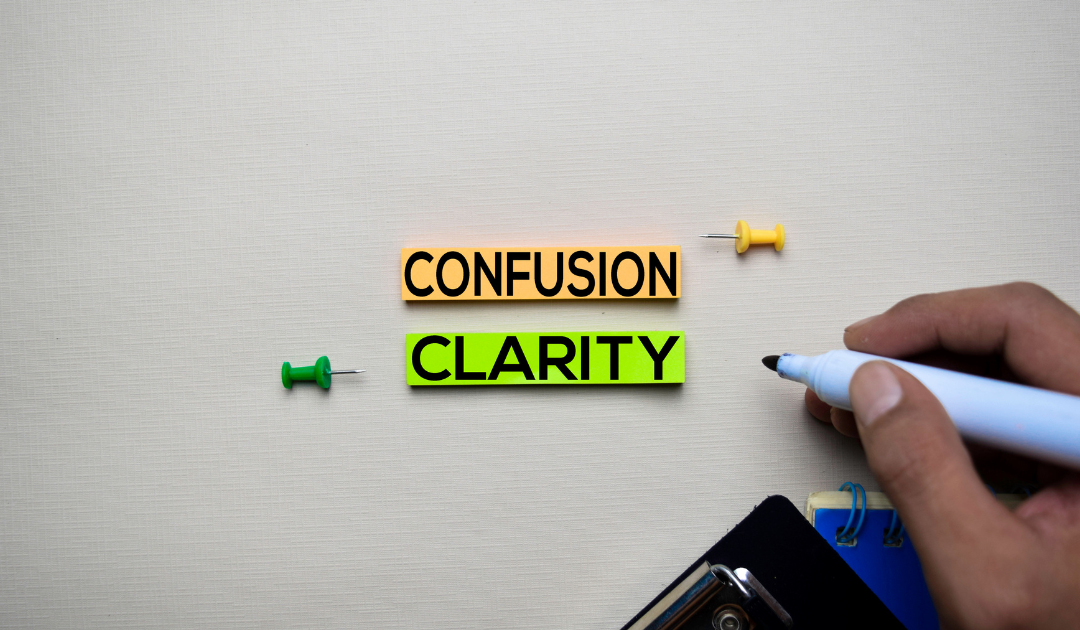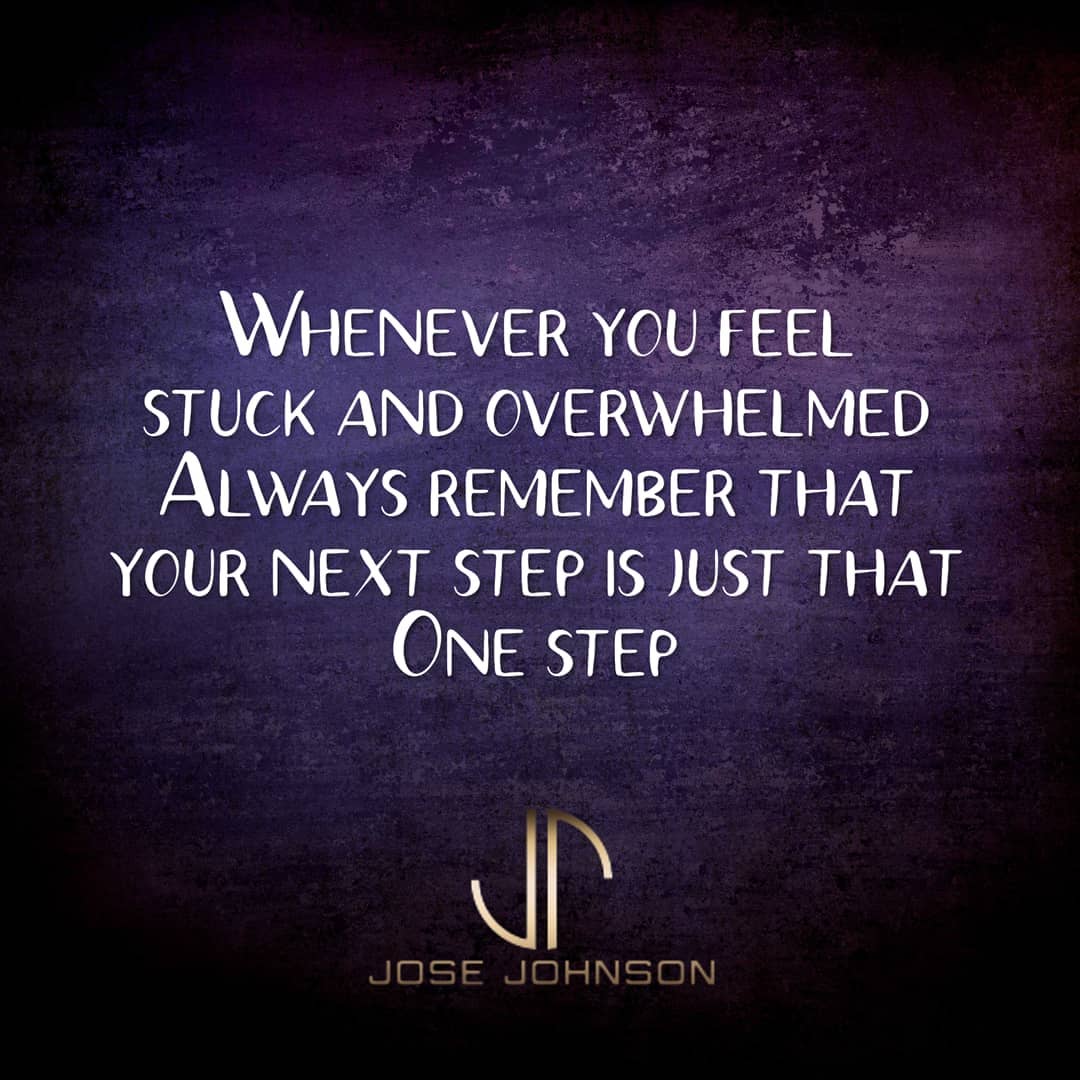You’ve probably heard the research on mindfulness.
Among its numerous benefits, mindfulness practice has been found to reduce stress, anxiety, depression and chronic pain. It has also been linked to improved cognitive functioning.
The list of high performers who regularly practice some form of mindfulness is impressive. People like Steve Jobs, Oprah Winfrey, LeBron James, Jerry Seinfeld, Mark Benioff, Katy Perry, Madonna, and Ariana Huffington, to name a few.
So why isn’t mindfulness a part of everyone’s life?
Most people will say that they are just too busy. They don’t have time to devote to “doing nothing.” (Like Oprah has nothing to do all day!)
But that is just an excuse.
While there are many more excuses, here are the top 3 reasons why busy people fail to practice daily mindfulness:
- They have the wrong definition of what mindfulness practice means;
- They have the wrong expectations;
- They have the wrong approach to their mindfulness practice.
So let’s look at each of these problems and learn how to fix them!
What is mindfulness?
There’s a Chinese saying that I love. It’s “ma, ma, hu, hu.” The literal translation of this phrase is “horse, horse, tiger, tiger.”
It means that you can’t tell if something is a horse or a tiger, so you don’t know whether to get on and ride or run for your life.
It means you don’t have a clear grasp of the situation. As a result, you can’t define it properly.
And that is the way that mindfulness practice is for most people. They really aren’t quite sure what it is.
They don’t know whether to embrace it or run from it.
It is often considered a sign of weakness to slow down in our fast-paced society. Naps are for the lazy. Meditation is something that only monks and crunchy granola vegan hippies do.
But the fact is that science confirms what the mystics knew all along.
Mindfulness is critical to high performance.
And practicing mindfulness doesn’t have to be sitting with your legs crossed in an incense-filled room.
There are countless ways to practice mindfulness. And odds are, if there is something that you really love doing, you have already practiced a form of mindfulness that you just weren’t aware of.
High performers who practice mindfulness, particularly meditation, say that time spent in practice boosts their productivity, helping them get more done in less time.
Now that sounds like a wise investment.
“The practice of being mindful can take a variety of shapes. And the more ways you learn how to practice mindfulness, the more opportunities you have to practice. And the more practice you get, the better you get at it!“
Jose Johnson
How long does it take mindfulness to work?
So maybe you have a good idea of what mindfulness is.
And maybe you have tried to establish a mindfulness routine in the past.
So why aren’t you Zen AF?
Maybe it’s because you have the wrong expectations.
One of the most common mistakes and misconceptions I see from people trying to get their mindfulness act together is that they have unrealistic expectations.
These expectations tend to fall into one of two categories: too high or not high enough.
Let’s be real for a moment. It takes time and practice to get good at anything.
And mindfulness is no different.
If you have never practiced it, you will probably have a hard time…at first.
It will probably take more time than you think to make tremendous improvements.
But here’s the catch, small improvements start right away.
So if you think you don’t have the time to devote to years of meditating hours a day, you are in luck! Research shows that measurable physiological changes to the brain can occur in less than 90 days.
And just the act of being mindful of your breathing can create an almost immediate change in your physical and mental state as you activate your parasympathetic nervous system. The parasympathetic nervous system is sometimes called the rest and digest system. When activated, it triggers the body to secrete hormones to decrease blood pressure and heart rate, inducing a relaxation response.
So if you are looking for enlightenment, it won’t happen overnight.
But if you are just looking to reduce anxiety and increase clarity, it only takes a few seconds.
And no one is so busy that they can’t take a few seconds to breathe, even if you have to lock yourself in the bathroom to do it 🙂
How to practice mindfulness
So you have a clear definition and realistic expectations.
Then why are you still biting your nails or flying off the handle?
Maybe it’s because you are going about things the wrong way.
Most people have a limited concept of how to practice mindfulness.
Perhaps they took a Tai Chi or Yoga class and found that their feeling in class was blissful, but they couldn’t carry that same feeling from the classroom to the boardroom.
The reason is that they are confusing the principle with the practice.
You don’t need anything special to practice mindfulness (although training wheels help at first!)
No special clothes. No special music. No special mats.
You don’t have to be alone. The room doesn’t need to be dark and quiet.
You just need to be present.
And to maintain your calm, you need to be consistent with your practice.
The biggest “a-ha” moment for me was when I realized that I could choose to be mindful at any time, even (and perhaps especially) as I sit at my computer writing this blog that you are reading right now!
You see, mindfulness is an approach, not just an activity.
The practice of being mindful can take a variety of shapes. And the more ways you learn how to practice mindfulness, the more opportunities you have to practice. And the more practice you get, the better you get at it!
So research, study, or find a mentor/coach to give you a fresh perspective on better approaching your practice to get the best results.
Getting your mindfulness practice started
So there you have it: top 3 reasons why busy people fail to practice daily mindfulness.
As you can see, the reasons and their solutions are not as daunting as most people think.
And often, all it takes to create the shift from stress, anxiety, and distraction to calm, cool and present is to redefine, re-evaluate, restructure and relax.
If you are interested in learning more about my practical and tactical approach to mindfulness, check out my book Mindfulness Secrets. And if you or your organization are in need of creative solutions to your stress management and productivity issues, feel free to contact me.
Become a Mindfulness Master
Want to learn the secrets about why mindfulness works and how you can easily apply it to your daily life? Sign up for my “Mindfulness Secrets Decoded” course and unlock the answers. Use the coupon code “BURNOUT” and get the entire course for only $49!

Unlocking the Power of Clarity: How Clear Thinking Can Change Your Life
Clarity is a tool that can transform our lives and organizations, helping us achieve our goals, solve problems, and bring about meaningful change. But clarity is not just some nice-to-have quality. It’s a game-changer. It’s what separates the people who achieve their dreams from those who don’t.

Exiting the COVID Crucible:
As social distancing restrictions are lifting across the country you can almost hear an audible sigh of relief. People are ready to get back to their jobs and their activities.
Corporate & Academic Services
One-On-One Executive Coaching
Leadership Teams | small group
Staff Enrichment | large groups
Speaking Engagements
Businesses
Conferences
Community Groups
Courses
Mindfulness
Tai Chi & Qigong
Goal setting & Change Management
JOIN THE COMMUNITY
Join my email list for tips on practical mindfulness, news, book updates, and events.




I’ve read several just right stuff here. Certainly price bookmarking for revisiting. I wonder how a lot effort you place to create this kind of great informative website.